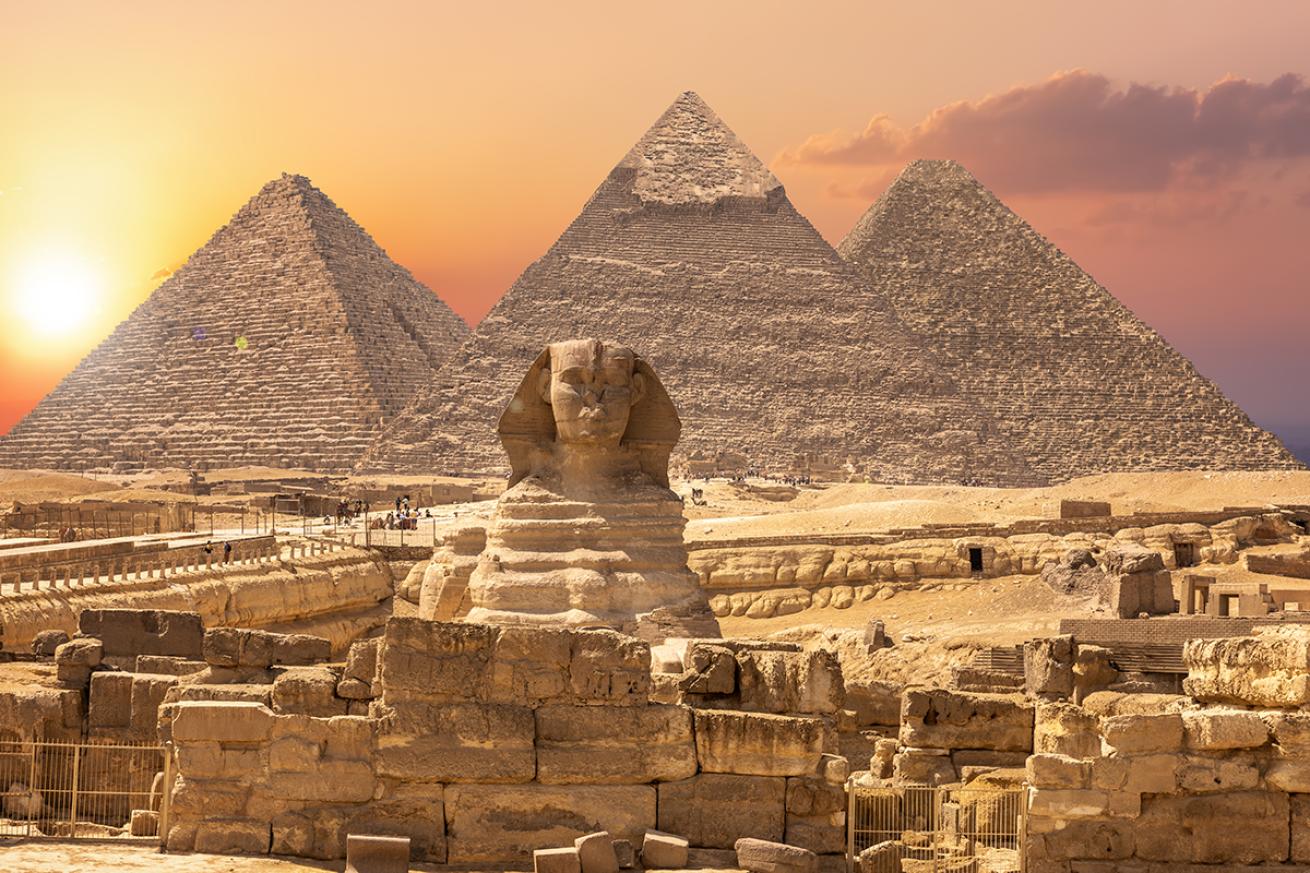Ancient Shipwreck and Burial Ground Found in Underwater Egyptian City

Shutterstock.com/AlexAntonThe new discoveries shed light on how the ancient city was used.
A burial ground and shipwreck, both over 2,000 years old, were recently found in the sunken Egyptian city of Thonis-Heracleion.
Called Thonis by the Egyptians and Heracleion by the Greeks, the city fell into the Mediterranean Sea after a series of earthquakes some 1,000 years ago. Recreational diving is not allowed at Thonis-Heracleion, but research divers and underwater archaeologists consistently excavate and find new artifacts at the site.
This underwater scouring most recently revealed the wreck of a fast galley, an ancient kind of boat propelled by oarsmen, and a burial ground. The 82-foot ship, which was dated to about 2,200 years old, has a flat keel. This type of design was commonly used for ancient vessels that sailed along the Nile River.
The ship “sank after being hit by huge blocks from the famed temple of Amun, which was totally destroyed [during] a cataclysmic event in the second century B.C.,” a team of archaeologists said in a statement released to Live Science by the European Institute for Underwater Archaeology. The event was likely an earthquake, according to a statement by the Egyptian Ministry of Tourism and Antiquities.
“The finds of fast galleys from this period remain extremely rare,” Franck Goddio, president of the European Institute for Underwater Archaeology, said in the institute's statement.
Researchers used a new type of sonar to find the ship laying under about 16 feet of clay and rubble from the fallen temple of Amun.
The burial ground was discovered next to the wreck beneath a tumulus, a pile of rocks that often mark graves in ancient civilizations.
“Spectacular ceremonies must have taken place there," says Goddio. "The place must have been sealed for hundreds of years as we have found no objects from later than the early 4th century BC, even though the city lived on for several hundred years after that.”
It was used as far back as 2,400 years ago. At the site, archaeologists found elaborate pottery pieces, a gold amulet depicting an Egyptian god associated with childbirth and fertility, and wickerwork filled with fruit and grape seeds.
“We are just at the beginning of our research,” Goddio told the Daily Telegraph in 2013. “We will probably have to continue working for the next 200 years for Thonis-Heracleion to be fully revealed and understood.”










